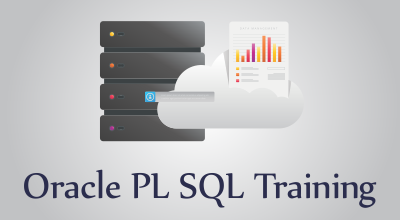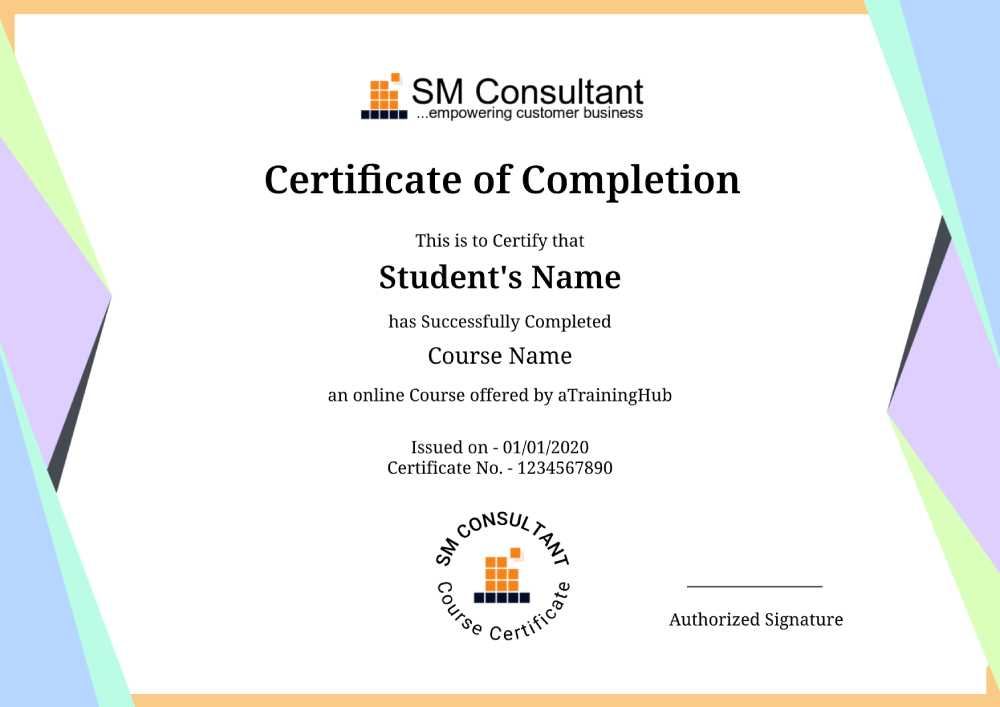Oracle PL SQL Training
Learn Oracle PL SQL Training to Unleash a Modern Career
Average Rating 4.6 From 809 Students

About Course
Oracle PL/SQL training at SMC will set the groundwork for knowledge expansion by learning about PL/SQL variables, building and maintaining functions, and control structures. In this course you will learn the difference between SQL and PL/SQL and characteristics of PL/SQL and how to use it to run Oracle Database.
In Oracle PL/SQL training you will learn PL/SQL packages, triggers, exceptions, and cursors. You will also explore the security of a database with PL/SQL.
This course is for anyone who wants to learn PL/SQL programming language, anyone who knows SQL Language, database administrators, and software developers. So, what are you waiting for, go ahead and start exploring!
Reasons to choose SM Consultant
 Mock
MockInterviews
 Focused
FocusedLearning
 Practical
PracticalTraining
 Easy
EasyPayments
 Lifetime
LifetimeAccess
 Expert
ExpertTrainers
 Shareable
ShareableCertificate
 Flexible
FlexibleTimings
Upcoming Batch Schedule for Oracle PL SQL Training
No Timing Suitable for You ?
Tell Us Your Preferred Starting Date, we will schedule a batch for You!
Take Oracle PL SQL Training at your own pace
Self Paced Online Learning
The Self Paced format allows you to stream the course content from anywhere across the globe with a good Internet connection. There is no defined schedule, you can watch them at your comfortable time. Get Started.
Watch Free Oracle PL SQL Training videos before signing up.
Instructor Led Live Training
We deliver Instructor-led online course via your personal computer through an easy-to-use web conferencing tool that allows for real-time interaction between you and the trainer. Get Expert guidance tailored for you.
Join Free Oracle PL SQL Training demo session before signing up.
Oracle PL SQL Training Course Content
1. Introduction to PL/SQL
- PL/SQL Overview
- Structure Of PL/SQL
- Benefits of PL/SQL Subprograms
- Overview of the Types of PL/SQL blocks
- Create a Simple Anonymous Block
- Generate Output from a PL/SQL Block
2. PL/SQL Identifiers
- List the different Types of Identifiers in a PL/SQL subprogram
- Usage of the Declarative Section to define Identifiers
- Use variables to store data
- Identify Scalar Data Types
- The %TYPE Attribute
- What are Bind Variables?
- Sequences in PL/SQL Expressions
3. Write Executable Statements
- Describe Basic PL/SQL Block Syntax Guidelines
- Comment Code
- Deployment of SQL Functions in PL/SQL
- How to convert Data Types?
- Nested Blocks
- Identify the Operators in PL/SQL
4. Interaction with the Oracle Server
- Invoke SELECT Statements in PL/SQL to Retrieve data
- Data Manipulation in the Server Using PL/SQL
- SQL Cursor concept
- Usage of SQL Cursor Attributes to Obtain Feedback on DML
- Save and Discard Transactions
5. Control Structures
- Conditional processing Using IF Statements
- Conditional processing Using CASE Statements
- Use simple Loop Statement
- Use While Loop Statement
- Use For Loop Statement
- Describe the Continue Statement
- Describe the GOTO Statements
6. Composite Data Types
- Use PL/SQL Records
- The %ROWTYPE Attribute
- Insert and Update with PL/SQL Records
- Associative Arrays (INDEX BY Tables)
- Examine INDEX BY Table Methods
- Use INDEX BY Table of Records
7. Explicit Cursors
- What are Explicit Cursors?
- Declare the Cursor
- Open the Cursor
- Fetch data from the Cursor
- Close the Cursor
- Cursor FOR loop
- Explicit Cursor Attributes
- FOR UPDATE Clause and WHERE CURRENT Clause
8. Exception Handling
- What is Exception
- Understand Exceptions
- Handle Exceptions with PL/SQL
- Trap Predefined Oracle Server Errors
- Trap Non-Predefined Oracle Server Errors
- Trap User-Defined Exceptions
- Propagate Exceptions
- The SQLCODE and SQLERRM in PL/SQL
- RAISE_APPLICATION_ERROR Procedure
9. Stored Procedures and Functions
- What Is Procedure and Function
- Understand Stored Procedures and Functions
- Differentiate between anonymous blocks and subprograms
- Create a Simple Procedure
- Create a Simple Procedure with IN parameter
- Create a Simple Procedure with OUT parameter
- Create a Simple Procedure with IN OUT parameter
- Create a Simple Function
- Execute a Simple Procedure
- Execute a Simple Function
10. Create Stored Procedures
- Create a Modularized and Layered Subprogram Design
- Modularize Development With PL/SQL Blocks
- Describe the PL/SQL Execution Environment
- Identity the benefits of Using PL/SQL Subprograms
- List the differences Between Anonymous Blocks and Subprograms
- Create, Call, and Remove Stored Procedures Using the CREATE Command and SQL Developer
- Implement Procedures Parameters and Parameters Modes
- View Procedures Information Using the Data Dictionary Views and SQL Developer
11. Create Stored Functions
- Create, Call, and Remove a Stored Function Using the CREATE Command and SQL Developer
- Identity the advantages of Using Stored Functions in SQL Statements
- List the steps to create a stored function
- Implement User-Defined Functions in SQL Statements
- Identity the restrictions when calling Functions from SQL statements
- Control Side Effects when calling Functions from SQL Expressions
- View Functions Information
12. Create Packages
- Identity the advantages of Packages
- Describe Packages
- List the components of a Package
- Develop a Package
- How to enable visibility of a Package’s components?
- Create the Package Specification and Body Using the SQL CREATE Statement and SQL Developer
- Invoke Package Constructs
- Private and Public Package Level
- Calling Package Functions and Procedures
- View PL/SQL Source Code Using the Data Dictionary
13. Packages
- Overloading Subprograms in PL/SQL
- Use the STANDARD Package
- Use Forward Declarations to Solve Illegal Procedure Reference
- Implement Package Functions in SQL and Restrictions
- Persistent State of Packages
- Persistent State of a Package Cursor
- Control Side Effects of PL/SQL Subprograms
- Invoke PL/SQL Tables of Records in Packages
Need Customized Course Content?
We will customize the Oracle PL SQL Training course content according to your job requirements.
Certification
Once you are successfully through the project, you will be awarded an SM Consultant’s Oracle PL SQL Training Completion Certificate for the course.
SM Consultant’s certification has industry recognition, and we are the preferred training partner for many organizations.
 SM Consultant’s Certificate Holders work at 100s of companies
SM Consultant’s Certificate Holders work at 100s of companies
Frequently Asked Questions About Oracle PL SQL Training
1. When will I receive my joining instructions for Oracle PL SQL Training?
Joining instructions for Oracle PL SQL Training is sent two days prior to the course start date, or immediately if the booking is confirmed within this timeframe.
2. How are you better than the other classes? Past achievements?
As they say, “History speaks for itself”, the past achievements would give you a good picture of our reputation, and would also tell you what extra efforts we put in to achieve it.
3. Do you offer a Oracle PL SQL Training Demo or Trial class before joining?
We offer 1 demo classes to students. Just make sure that you select the subject and time of the class so that you get an independent assessment of the quality of teaching and you can take an informed decision.
4. What’s the batch size? Will I get personal attention?
An average batch size could be min. 4-5 and max. 8-10 but irrespective of the batch size you will get personal attention and our trainers will help you understand the technology.
5. What if I am not able to attend or miss a session?
If you are unable to attend your session we will help you understand the session by sharing the recording of the live session and still if you need more assistance, we will arrange a backup session for you.
6. Can I access the Oracle PL SQL Training course material after training?
Yes, you will get the material in pdf format and will have access to the Oracle PL SQL Training recordings.
Have More Questions?
Do let us know if you need more information we will be happy to help you!









